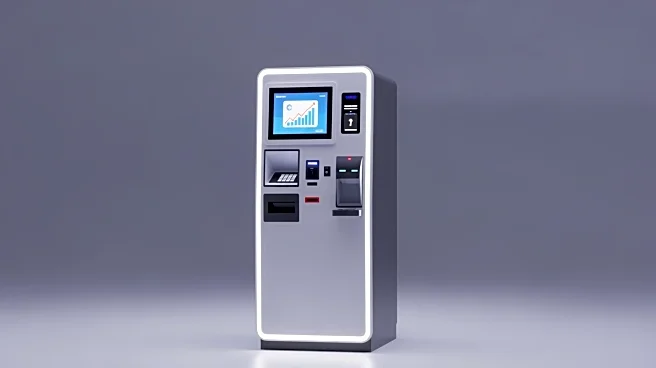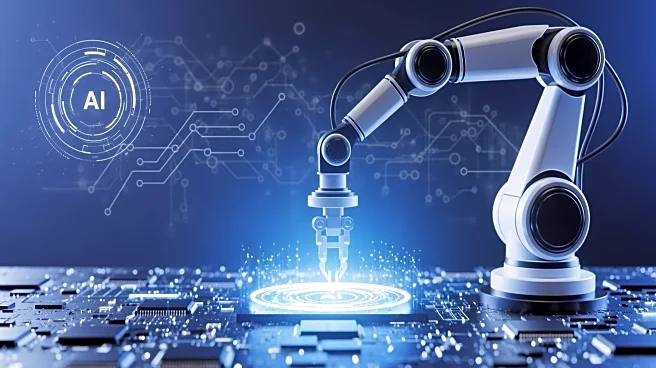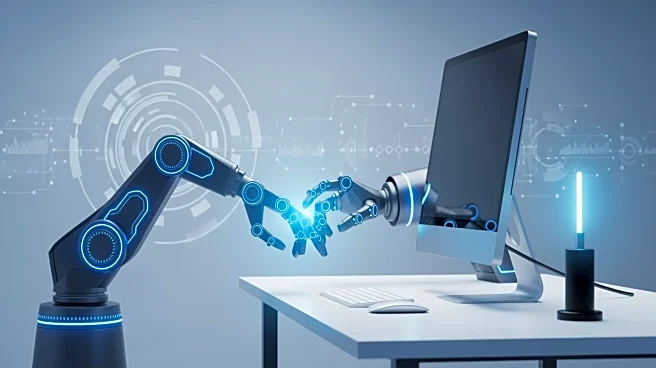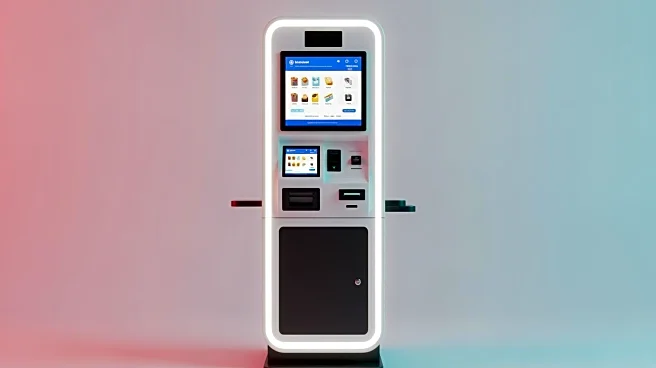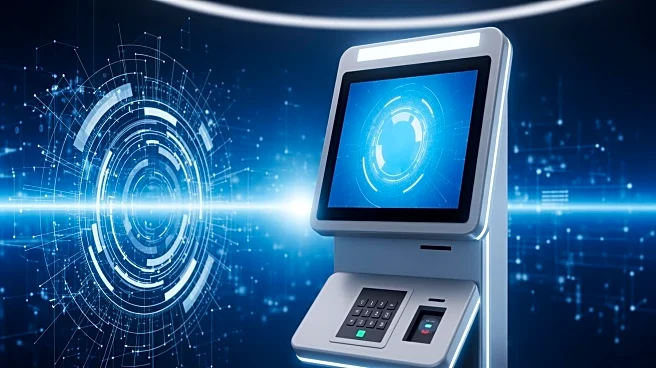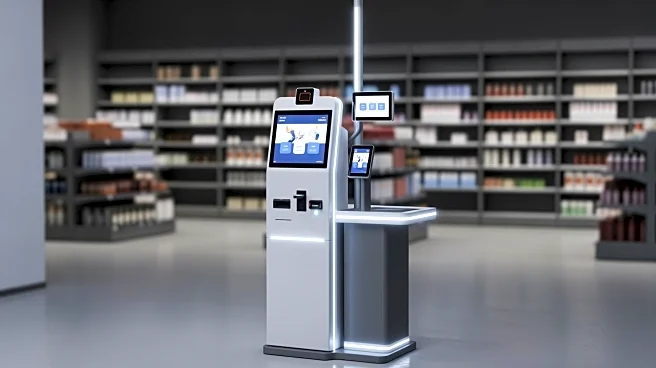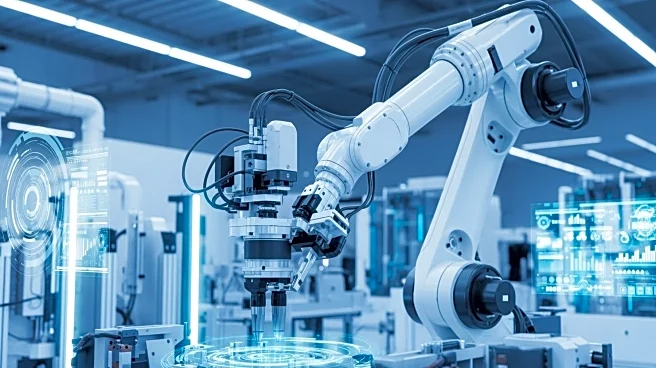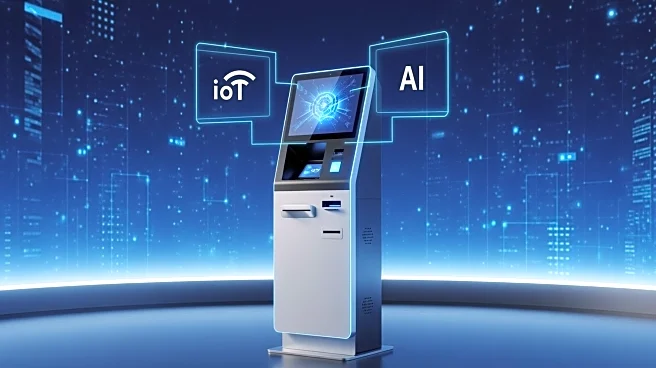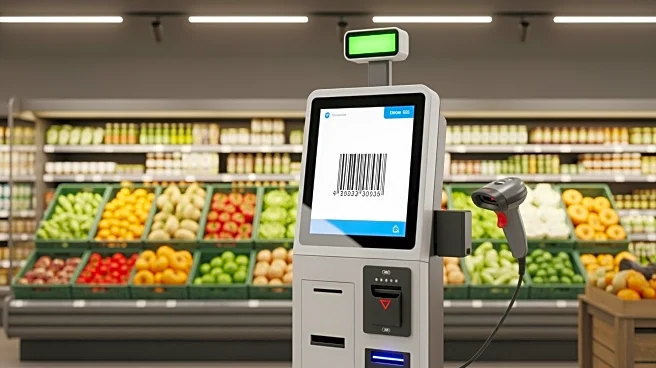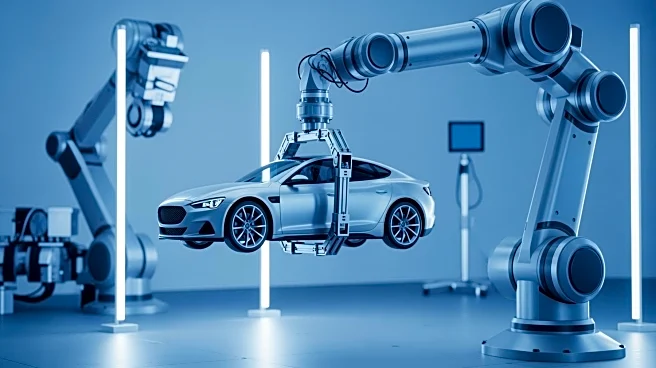What's Happening?
A new research study by Worldwide Market Reports has been released, focusing on the Self-Checkout Technologies for Kiosks market, with projections extending from 2025 to 2032. The report provides a comprehensive analysis of market trends, growth factors,
and opportunities. It highlights key players in the industry, including NCR Corporation, Diebold Nixdorf, and Fujitsu, among others. The study segments the market by product type, application, end-user, and region, offering insights into the strategic developments and regional growth of competitors. The report aims to define market sizes and forecast values, incorporating both qualitative and quantitative aspects of the industry.
Why It's Important?
The expansion of self-checkout technologies is significant for various industries, including retail, hospitality, and healthcare, as it promises to enhance customer experience and operational efficiency. The growth of this market could lead to increased adoption of automated solutions, reducing labor costs and improving service speed. Businesses that invest in these technologies may gain a competitive edge by offering more convenient and efficient service options. The report's insights into market dynamics and consumer trends are crucial for stakeholders looking to capitalize on emerging opportunities and navigate the competitive landscape effectively.
What's Next?
As the market for self-checkout technologies continues to grow, businesses are likely to focus on innovation and strategic partnerships to enhance their offerings. Companies may invest in research and development to improve technology integration and user experience. Additionally, there could be an increase in collaborations between technology providers and industry players to expand market reach and drive adoption. Stakeholders will need to monitor regulatory developments and consumer preferences to align their strategies with market demands.
Beyond the Headlines
The rise of self-checkout technologies may have broader implications for employment in sectors heavily reliant on customer service roles. As automation becomes more prevalent, there could be a shift in workforce requirements, emphasizing the need for skills in technology management and customer interaction. Furthermore, the adoption of these technologies may influence consumer behavior, with potential changes in shopping patterns and expectations for service delivery.
